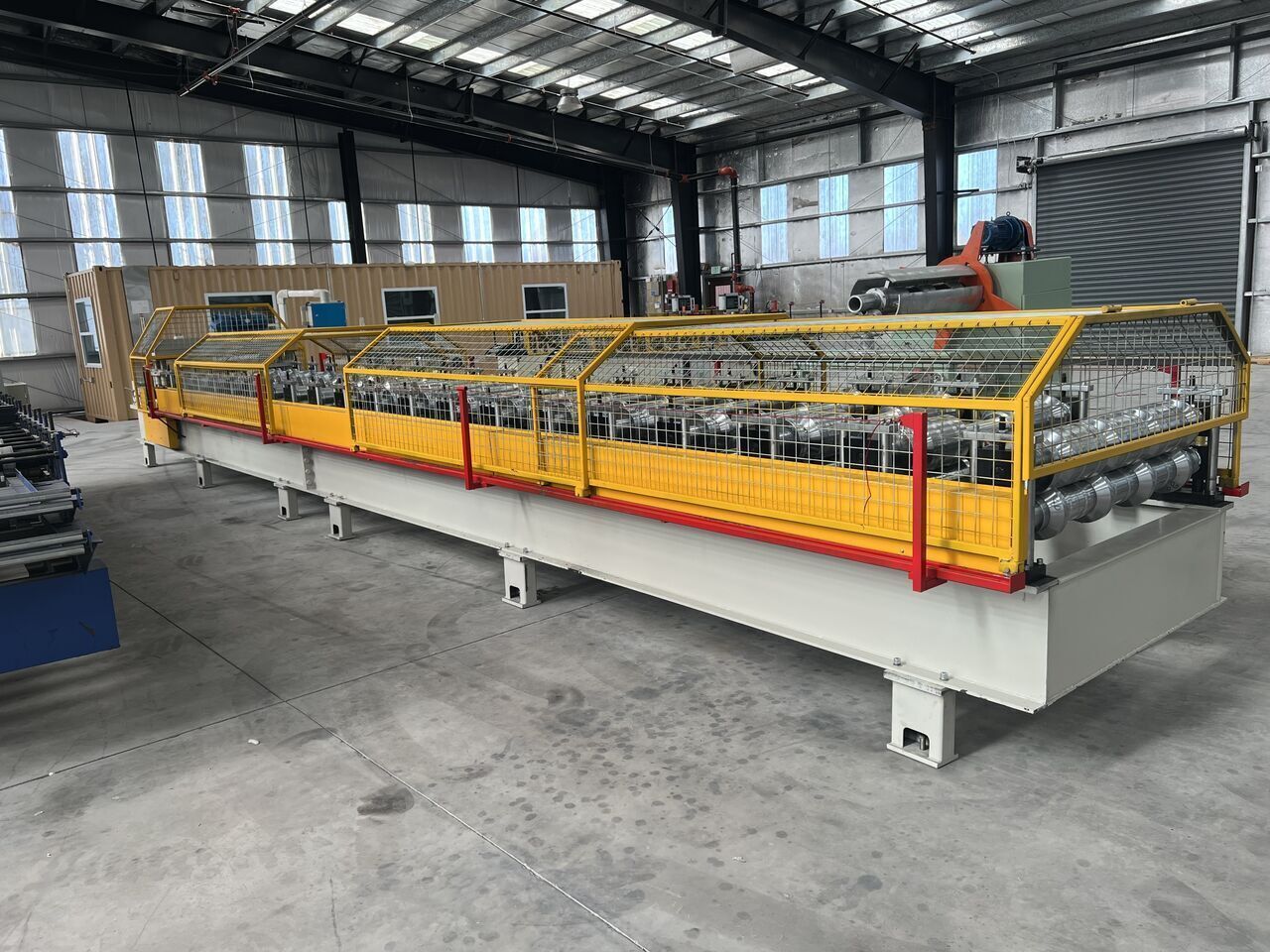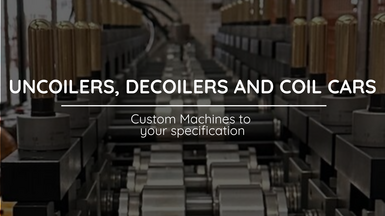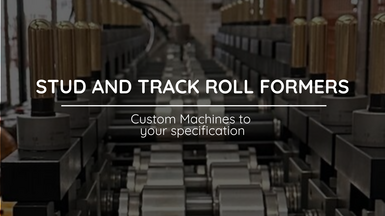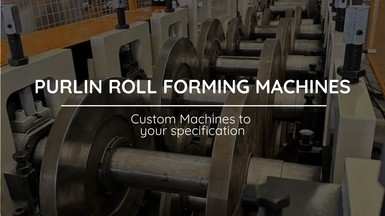
Metal Siding Roll Forming Machine
Here's how a typical metal siding roll forming machine works:
Posted on Tuesday, November 21, 2023
A metal siding roll forming machine is a specialized piece of equipment used in the construction and manufacturing industry to produce metal siding panels. Metal siding is a popular choice for covering the exterior of buildings, as it provides durability, weather resistance, and a sleek appearance. Roll forming machines are used to shape flat metal sheets or coils into specific profiles and shapes, such as those required for metal siding panels.
Here's how a typical metal siding roll forming machine works:
- Material Feeding: The process begins by feeding a coil or flat sheet of metal into the roll forming machine. Common metals used for siding include steel, aluminum, and sometimes copper.
- Uncoiling: If the metal is in coil form, it is first uncoiled using a decoiler or a similar mechanism. This ensures a continuous supply of material to the machine.
- Roll Forming: The heart of the machine consists of a series of rollers and tooling that progressively shape the metal sheet into the desired profile. Each set of rollers and tools is responsible for forming a specific part of the siding panel. The rollers apply pressure and gradually bend the metal into the required shape.
- Cutting: After the metal sheet has been formed into the desired profile, a cutting mechanism is used to cut the panel to the desired length. The cutting can be done using various methods, such as shear cutting or rotary cutting.
- Stacking or Packaging: Once the siding panel is cut to the desired length, it may be stacked, bundled, or packaged for transportation and further processing.
- Optional Additional Processes: Depending on the specific requirements and design of the metal siding, additional processes such as embossing, perforating, or painting may be performed after roll forming.
The output of a metal siding roll forming machine is typically a series of identical siding panels, ready for installation on buildings. These panels can vary in size, shape, and color, depending on the design and specifications of the project. Metal siding is known for its longevity and low maintenance, making it a popular choice for residential, commercial, and industrial applications.
It's important to note that roll forming machines can be customized to produce different profiles and dimensions of siding panels, allowing manufacturers to meet the specific needs of their customers and projects. The versatility of roll forming machines makes them a valuable tool in the construction and metalworking industries.
Metal Siding Profiles
Metal siding profiles refer to the different shapes and designs of metal panels used for covering the exterior of buildings. These profiles not only serve functional purposes such as weather protection and insulation but also contribute to the aesthetic appeal of a structure. There are various metal siding profiles available to suit different architectural styles and preferences. Here are some common metal siding profiles:
- Corrugated Metal Siding: Corrugated metal panels have a distinctive wavy or ribbed pattern. They are known for their strength and durability, making them suitable for agricultural, industrial, and commercial applications. Corrugated metal siding can also be used in contemporary architectural designs to create a modern and industrial look.
- Ribbed Metal Siding: Ribbed metal siding features parallel ribs or lines that run vertically down the length of the panel. These ribs add strength to the panel and create a sleek, clean appearance. Ribbed metal siding is commonly used in commercial and residential settings.
- Lap Siding (Horizontal or Vertical): Lap siding, also known as clapboard siding, is available in both horizontal and vertical profiles. Horizontal lap siding consists of overlapping horizontal panels, creating a traditional and classic look. Vertical lap siding features vertically oriented panels, which can provide a unique and modern appearance.
- Board and Batten Siding: Board and batten siding combines wide, flat boards (the "boards") with narrow strips (the "battens") that cover the joints between the boards. This style adds texture and dimension to the exterior of a building and is often used in rustic and cottage-style architecture.
- Shiplap Siding: Shiplap siding features overlapping horizontal boards with a small groove, or rabbet, running along the top and bottom edges. The overlapping design helps create a tight seal against moisture and provides a timeless and clean appearance. Shiplap siding is often seen in coastal and farmhouse-style homes.
- Standing Seam Metal Siding: Standing seam siding is characterized by vertical metal panels with raised seams that interlock or "stand" above the surface of the panels. This design provides excellent weather resistance and is commonly used in modern and contemporary architectural styles.
- Rustic Metal Siding: Rustic metal siding often has an aged or weathered appearance, mimicking the look of aged wood or reclaimed materials. It can add character and a sense of history to a building's exterior.
- Architectural Panels: Architectural metal siding panels come in various shapes, textures, and designs, allowing for creative and customized exterior cladding solutions. These panels can be used to achieve a wide range of modern and unique aesthetics.
Metal siding profiles can vary not only in their appearance but also in the materials used, such as steel, aluminum, copper, or zinc. The choice of profile and material depends on factors like the architectural style, climate, budget, and maintenance preferences of the building owner. Metal siding offers durability, energy efficiency, and design versatility, making it a popular choice for both residential and commercial applications.
All our machines are all due to variations in the customer's demand, and we are always ready to assist with any issues. All machines are assembled by our expert team in Orlando, Florida. We have been leading the Roll Forming Machine market since 2009, and have great expertise, so you will be in safe hands. For further information, contact our team here.
For more Machines, browse our extensive range here
Roll Forming Machines LLC's New Factory
Posted on Sunday, March 23, 2025
We have relocated factories, which will be available for tours very soon.

Uncoiler, Decoiler and Coil Car Roll Forming Machine Accesories from Roll Forming Machines LLC
Posted on Sunday, November 24, 2024
Contact us today with your specifications for a custom Uncoiler, Decoiler or Coil Car at [email protected] or call us at (+1) (407) 859 1119

Stud and Track Roll Forming Machines from Roll Forming Machines LLC
Posted on Saturday, November 23, 2024
Contact us today with your specifications for a custom Stud and Track Machine at [email protected] or call us at (+1) (407) 859 1119

Cee and Zee Purlin Roll Forming Machines from Roll Forming Machines LLC
Posted on Saturday, November 23, 2024
Contact us today with your specifications for a custom Cee and Zee Purlin Machine at [email protected] or call us at (+1) (407) 859 1119